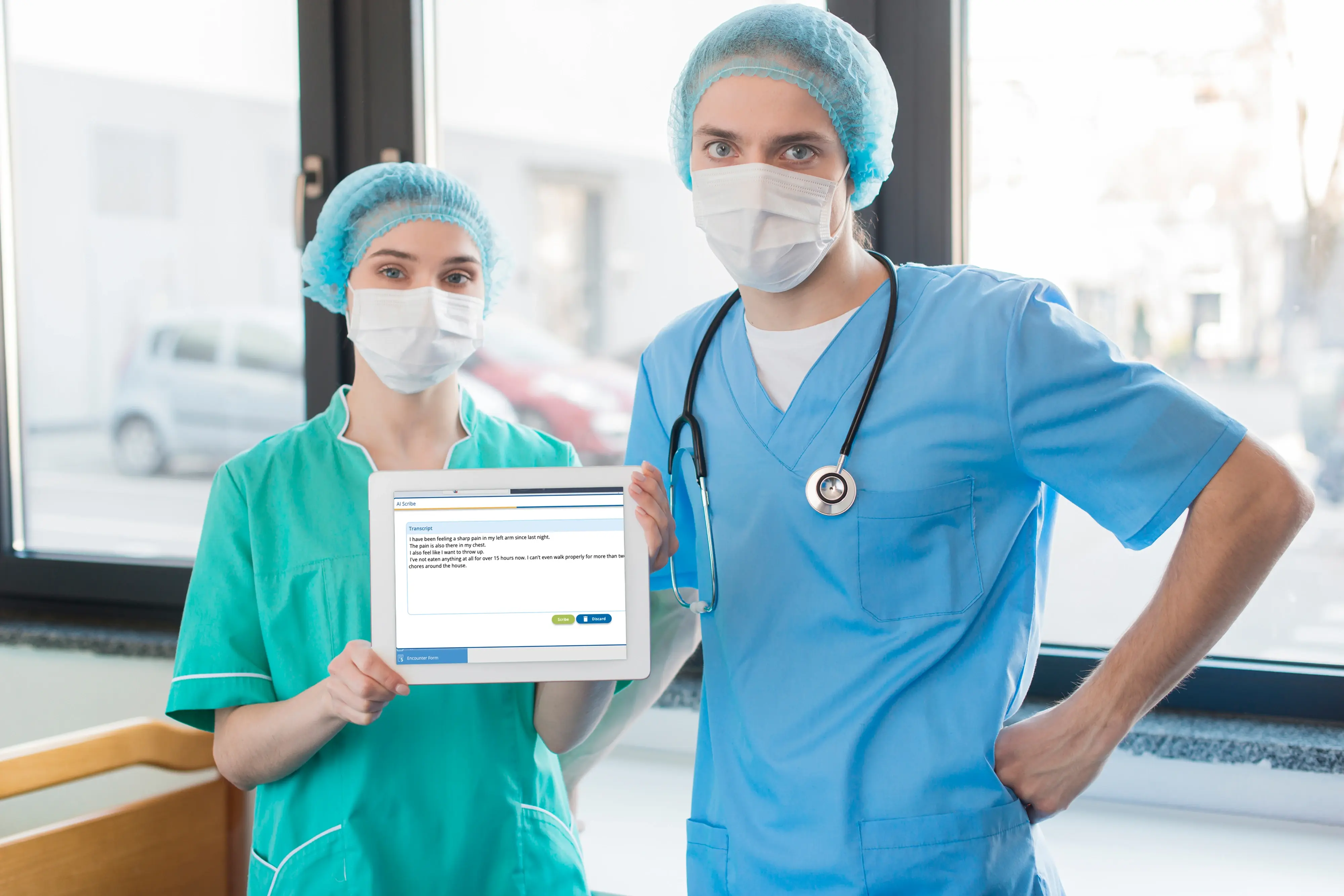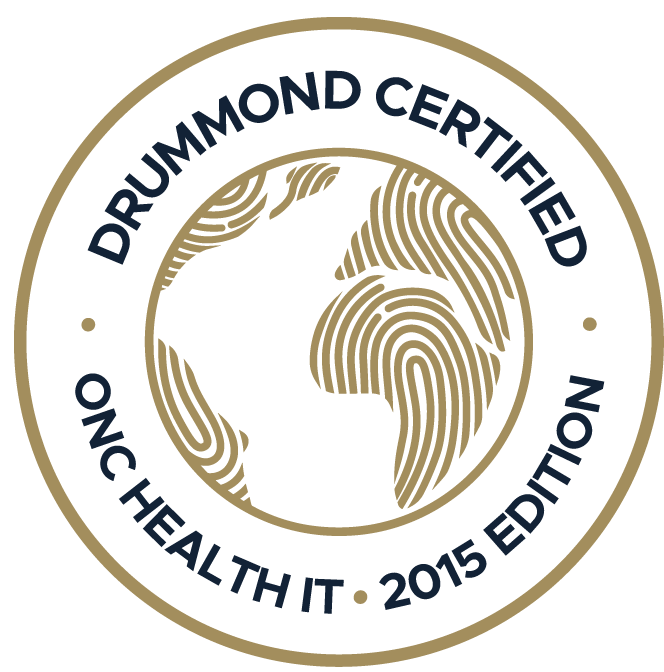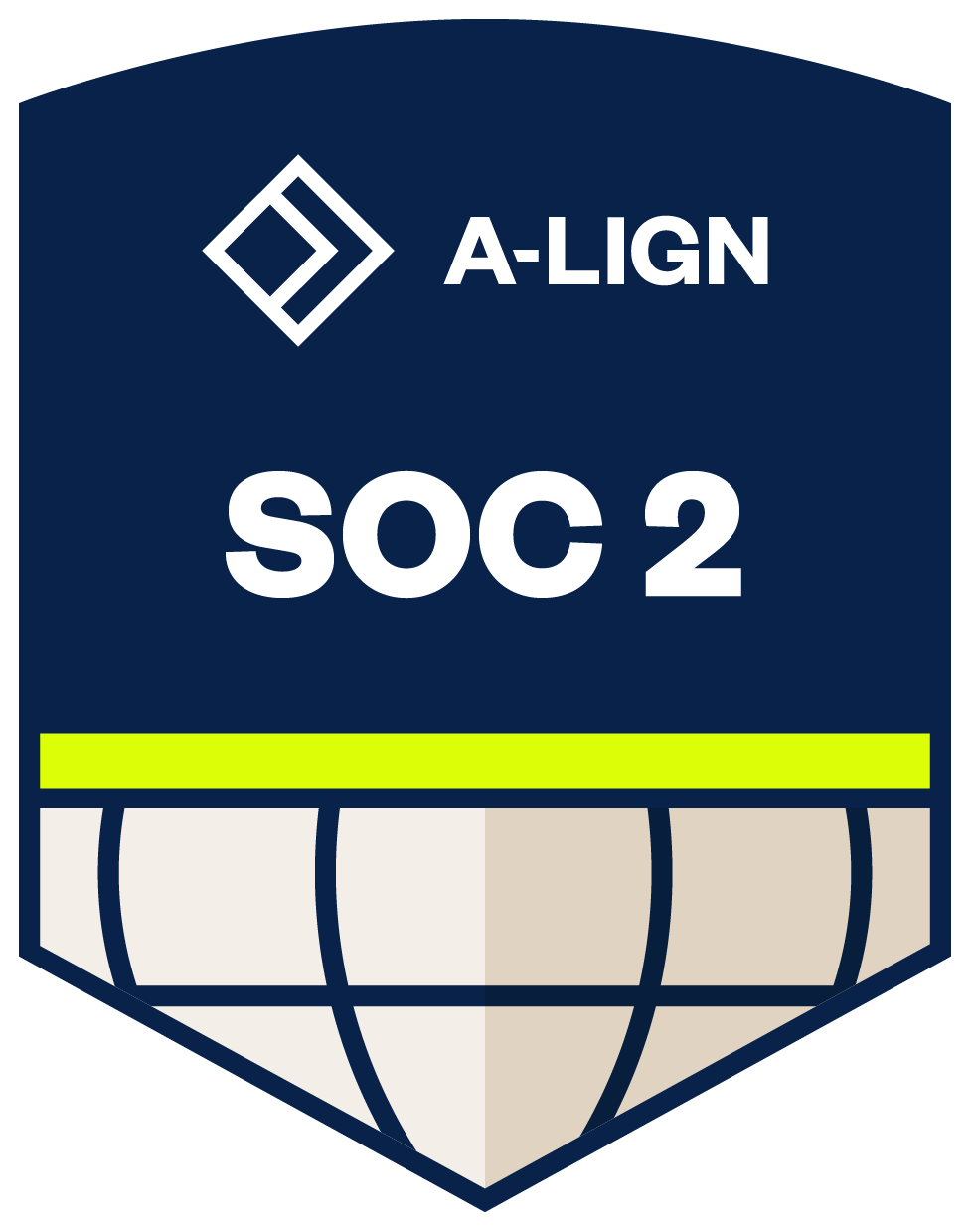Effective use of an EHR dashboard can boost your practice efficiency by up to 40%. While forward-thinking practices have already begun adopting single-point dashboards, many still limit their use to surface-level...
Nurses have felt the biggest squeeze since hospitals switched to electronic health record (EHR) systems in the US. According to research, nurses spend up to 35% of their shift on documentation alone. But EHRs were supposed to help with this and not become a burden. What exactly went wrong?
We often include all stakeholders (including nurses) in our client meetings. Through these conversations, we found the answer to the question. Most traditional EHRs lack the nursing EHR tools that modern, busy clinics need, like a nursing notes AI scribe.
These nursing EHR tools help ease the workload by actively helping nurses in a busy clinic instead of adding complexity. In this guide, we’ll break down how nursing EHR tools powered by AI (like an AI scribe) can save nurses hours, reduce errors, and automate the note-taking process. Read on!
Key Takeaways
- Nurses lose up to 13.5 hours a week to charting. Nursing notes AI scribes can cut that to just 15 minutes a day.
- Ambient AI helps create faster, more accurate notes without the burnout.
- Tools like Practice EHR’s AI Scribe make charting simple, so nurses can focus on actual patient care.
Why Nurses Need Documentation Relief (With an AI Scribe)
If you're a nurse, you probably feel more and more disconnected from patients with time. In fact, nurses now spend up to 13.5 hours a week on EHRs, much of it after their shifts end, because of a lack of nursing EHR tools. That’s time you don’t get back, and it’s one of the biggest drivers of burnout.
So, why do nurses need documentation relief? And how can nursing notes AI tools help?
Documentation Overload Cuts Their Patient Care Time
Charting now takes more time than patient care. Some clinicians report spending two hours documenting for every one hour of bedside care. Add to that the “pajama time” (those late-night sessions wrapping up notes at home), and it’s no wonder energy levels tank by Wednesdays. This often leads to:
- Less face time with patients
- More decision fatigue by the hour
- Delayed entries that affect patient care quality
AI scribes that come integrated with other nursing EHR tools offer a way out: live, hands-free charting that fits into your routine.
Manual Note-Taking is Prone to Errors and Needs Revisions
We all know how fast things move in a busy clinic. But that speed sometimes leads to mistakes in documentation, even with the best of intentions. For example, a study involving over 10,000 patients and families found that:
- 20–25% of patients find errors in their records
- Half of these are considered serious
- Shift-to-shift handoffs get messy due to inconsistent notes
This can be avoided with a few changes to the workflow. With streamlined documentation powered by nurse-friendly tech and nursing EHR tools, your notes stay accurate, complete, and easier to reference later.
The Mental Load of Clinical Documentation is Heavy
Patient time and documentation accuracy are not the only concerns in a busy clinic. The mental well-being of nurses and the rest of the staff is also at stake. Over 64% of clinicians say clerical burden fuels their burnout. It’s the kind of pressure that makes nurses even rethink their careers. Moreover:
- Weekend workload starts to build
- Focus moves away from patients and towards paperwork
- Staff morale takes a hit
Nursing notes AI scribes can help fix this problem. It does not replace nurses, but supports them. It’s nurse-friendly tech that can help address the clinical burnout problem and take some mental load off of the nursing staff.
What a Nursing Notes AI Tool Can Do (And Why Should You Try It)
It’s not just that manual note-taking is draining. It’s also outdated. Nurses across the US are swapping keyboard marathons for smart, voice-enabled assistance. Nursing notes AI scribes are a must-have for modern, busy clinics. And they’re already cutting documentation time in half.
We’ve discussed the impact of Practice EHR’s AI Scribe on the routine workflows of the nursing staff in our one-on-ones with clients. Here’s how they’re winning with our AI tools!
It Speeds Up Charting (From Hours to Minutes)
Our clients (before implementing our nursing EHR tools) reported that paperwork was the number one reason for burnout among nurses. But with our nursing AI scribe, they report going from over 10 hours a week on charting down to just 15 minutes a day.
That’s a huge improvement. And the reason why they rank Practice EHR’s AI scribe as the top medical scribing tool for nurses.
It Creates Faster Notes (Without Compromising on Quality) )
Speed is awesome. But not if it comes at the cost of accuracy. The good news is that it doesn’t. Nursing notes AI scribes are scoring nearly neck-and-neck with human note-takers in trials (which is something our clients report, too). Research has shown that:
- AI-generated drafts scored 4.20/5 vs. human 4.25/5
- Ambient notes can beat unaided clinician notes
To cut it short, we can say that these nursing EHR tools can maintain the note quality while reducing the time it takes.
It Reduces Burnout and Gives You More Time for Nursing
We know clerical work is one of the top drivers of nurse burnout. Luckily, Practice EHR’s AI Scribe has proven to be a stress buster. This observation aligns with research. When AI scribes were tested in clinics during studies, job-related stress dropped by 40–60% (PHTI Report 2025).
Through our client surveys, we noted that using nursing notes AI scribes can result in:
- Better work-life balance reported by staff
- An increase in patient time (up to 56%, as per a Practice EHR survey)
- Better nurse–patient conversations
The best part is that this nurse-friendly tech blends into your workflow. It doesn’t become one more thing to manage for the staff. Just like good pediatric EHR tools, it adapts to how you work.
.png?width=1058&height=1102&name=WPS%20Photos(1).png)
.png?width=697&height=726&name=WPS%20Photos(1).png)
How to Choose the Right Nursing Scribe Tool (What to Look For)
The problem with most “nursing AI scribes” is that they sound great on paper but fall apart during a packed shift. So if you’re looking for a nursing notes AI tool that can reduce your workload, mental stress, and time wasted on paperwork, here are some questions to ask yourself (and the vendor):


1. Does It Have a Nurse-First Design?
If it can’t handle how you work, it’s not worth your time.
Look for nursing EHR tools that understand the structure of your day (from vitals and meds to sudden post-op updates). Even better if it plays nicely with urgent care, primary care, and surgical documentation without needing separate templates. Make sure the nursing AI scribe:
- Supports SOAP-style notes, including vitals, medications, assessments, and interventions
- Works across different specialties (FYI: PracticeEHR’s AI Scribe is customizable for all specialties) without needing major setup
- Helps with shift handoffs and care continuity
Nurse-friendly tech matters more than ever as clinics get busier. If your AI scribe isn’t designed with nurses in mind, it’s just more trouble than it’s worth.
2. Can Every Nurse Use It (Even the Non-Techy Ones)?
It’s a clinic. Not NASA. if it takes 3 IT tickets to get started, no one’s touching it.
Good nursing EHR tools should just work. There’s no space for steep learning curves or complicated installs. The manual should say no more than “Open, speak, and done.” A nursing notes AI scribe should be:
- Voice-enabled for easy dictation during rounds
- Mobile-ready so you’re not tied to a workstation
- Auto-saves and updates your progress as you go
This makes adoption smoother and faster, especially in high-turnover clinics. Practice EHR’s AI Scribe is an industry standard when it comes to ease of use. You can start with a single click, and the rest will follow naturally. A complete no-brainer!
3. Does It Have Multilingual and Multi-Device Support?
A busy clinic means patients from different backgrounds walking through the door every day for the best possible care.
Your AI scribe (powered by nurse-friendly tech) must not betray you at any moment. It should be smart enough to chart in any language (not just English). That’s especially non-negotiable for behavioral health documentation. So, your nursing notes AI scribe should:
- Have built-in multilingual documentation support
- Works across mobile phones, tablets, and desktops
- Syncs across devices without any issues
Multilingual and multi-device support is a must when you’re covering different units or supporting diverse patient populations. Practice EHR’s AI Scribe is built for exactly that. It can be accessed across multiple devices and supports over 20 languages.
4. Does It Include Clinical Oversight?
After talking to hundreds of clients who run busy clinics, one thing is crystal clear: no one wants to correct mistakes later (or explain them). That’s why your nursing notes AI tool should come with a safety layer. One that lets you preview, edit, and approve before the notes get signed off.
Before saying the final yes, make sure your nursing AI scribe:
- Has a built-in review layer before notes are submitted
- Flags missing info and potential inconsistencies
- Reduces documentation risks and ensures compliance
At the end of the day, you need AI tools that support how nurses actually work, and not how some tech person thinks you should work.
We understood this after one of our clients mentioned their nurses would prefer to bypass their previous AI tool altogether. Because it simply didn’t match their workflow. That feedback became central to how we built Practice EHR’s AI Scribe.
AI Scribe From Practice EHR - Helping Nurses Chart Smarter!
When your day is already packed, the last thing you need is frustrating documentation that slows you down. A solid nursing notes AI tool can help in such situations. And Practice EHR’s AI Scribe is built exactly for that. It understands how nurses work, simplifies your charting, and helps cut down that "pajama time" we all wish didn’t exist.


If you’re ready to chart smarter, reclaim your time, and use nursing EHR tools that can help make your day a lot easier, Practice EHR is worth a try. Request your free demo today and see how its nurse-friendly tech can make a difference in your practice!
FAQs
AI scribes automatically transcribe and organize patient interactions. They can cut charting time by up to 60% and help nurses finish notes during their shift.
Definitely! Studies show AI-generated medical notes are just as accurate (and sometimes more complete) as manual notes. Speed is what makes AI scribes superior.
Look for tools with SOAP-style support, multilingual documentation, multi-device access, and built-in clinical review layers for added safety and efficiency.
Topics: Patient Care, Small Practice, EHR Solution, Specialty-Specific EHR, digital age, HIPAA Security, Industry Update, Medical Billing, Medical billing services, EHR, Technology in Healthcare, AI Scribing
RECENT POSTS



TOPICS
- EHR Solution (192)
- EHR (127)
- digital age (119)
- Patient Care (117)
- Medical Billing (112)
- Specialty-Specific EHR (112)
- Industry Update (98)
- Technology in Healthcare (84)
- EHR Features (79)
- Small Practice (78)
- Medical billing services (74)
- Integrated EHR (63)
- RCM (63)
- HIPAA Security (62)
- New Technology (44)
- Cloud-based EHR (43)
- Telemedicine (43)
- Healthcare Office Management (40)
- Practice EHR News (38)
- Kiosk (31)
- Revenue Cycle Management (28)
- AI Solutions (25)
- ePrescribing (21)
- AI Scribing (17)
- Best EHR Software (17)
- Practice Management Software (13)
- AI-powered Medical Billing (12)
- EMR (12)
- AI EHR (11)
- Practice Automation (11)
- TeleVisit (11)
- Client Favorites (10)
- The ONE (10)
- AI Scribe (9)
- Switching to New EHR (9)
- Best EHR Practice (8)
- EHR Integration (8)
- MACRA/MIPS (8)
- Patient Portal (8)
- Psychiatry EHR (8)
- Urgent Care (8)
- AI scanning (7)
- Automated Health Tools (6)
- E-Prescribing (6)
- Medical Practice Management Software (6)
- Product Updates (6)
- events (6)
- MIPS (5)
- Mobile EHR (5)
- Family Medicine EHR (4)
- HIPAA (4)
- Insider (4)
- Integrated Practice Management (4)
- Internal Medicine EHR (4)
- MIPS Reporting (4)
- Multilingual AI Scribe (4)
- Orthopedics EHR (4)
- Podiatry (4)
- Podiatry EHR (4)
- Regulatory Updates (4)
- Telehealth Platform (4)
- Telehealth Platforms (4)
- Chiropractic EHR (3)
- Digital Experiences (3)
- EHR Flaws (3)
- EHR Implementation (3)
- EHR for Chiropractors (3)
- EHR for Small Practices (3)
- Eligibility Verification in Medical Billing (3)
- Medical Coding Services (3)
- Patient Check-in Kiosk (3)
- PracticeEHR GO App (3)
- Automated EHR (2)
- Cash Flow (2)
- Cashless Payments (2)
- Clearinghouse (2)
- Dermatology EHR (2)
- EHR Scheduling (2)
- Family Medicine (2)
- Foot and Ankle Care (2)
- Foot and Ankle EHR (2)
- Health records 101 (2)
- Healthcare Compliance Certification (2)
- Medical Billing Partner (2)
- Medical Credentialing (2)
- Pediatrics EHR (2)
- Quality of Patient Care (2)
- Reporting Under MIPS (2)
- Risk and Liability in Medical Settings (2)
- Voice-Activated AI Scribe (2)
- What Works Clearinghouse (2)
- ACA Subsidy (1)
- AI Scan (1)
- AI Scribe for Pediatric Care (1)
- Bariatric EHR (1)
- Behavioral Health Practices (1)
- Billing Communication (1)
- Billing for Private Practices (1)
- Cardiology EHR (1)
- Charting (1)
- Data Security (1)
- Dos and Don'ts (1)
- EHR Dashboard (1)
- EHR Guides (1)
- EHR KPIs (1)
- EHR Questions to Ask (1)
- EHR Transition (1)
- EHR for Chronic Illness (1)
- EMR vs EHR Difference (1)
- ENT EHR (1)
- Endocrinology EHR (1)
- Gastroenterology (1)
- Gastroenterology EHR (1)
- General Surgery EHR (1)
- Geriatric AI scribe (1)
- Geriatrics EHR (1)
- Guides (1)
- Healthcare Practice Office Management (1)
- Help Center Videos (1)
- Insurance Reimbursement (1)
- KPI (1)
- Key Performance Indicators (1)
- Lab Processing (1)
- MACRA (1)
- Nephrology EHR (1)
- Neurology EHR (1)
- Pain Management EHR (1)
- Patient Behavior (1)
- Pediatric Care (1)
- Physical Therapy EHR (1)
- Practice Cash Flow (1)
- Practice Efficiency (1)
- Pulmonology EHR (1)
- Reconsider Your EHR (1)
- Simplify Practice Management (1)
- Staffing in Healthcare (1)
- Switch Medical Billing Providers (1)
- Urgent Care Medical Billing (1)
- Urology EHR (1)
- insurance claim denials (1)








